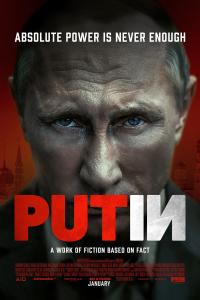Torrent details for "Mehic M. Quantum Key Distribution Networks. A Quality...2022 [andryold1]" Log in to bookmark
Controls:
External index by SiteBot Verified
Category:
Language:
 English
EnglishTotal Size:
7.05 MB
Info Hash:
a484b65dff47cba443f4971238f35f438634d4ec
Added By:
Added:
14-09-2022 14:09
Views:
98
Health:

Seeds:
1
Leechers:
0
Completed:
137
Textbook in PDF formatExternally indexed torrent If you are the original uploader, contact staff to have it moved to your account
This book focuses on practical implementation details, telecommunication techniques, security and technology challenges and approaches to implementing quantum technology in modern telecommunication systems. The authors use their extensive practical academic and industrial experience in network technologies and provide details from international projects in quantum cryptography in which they actively participate. Using a variety of examples, analogies, illustrations, tables, and features from practical quantum network realizations, the authors provide a unique view of quantum technology from an engineering telecommunication standpoint, allowing the reader to identify the advantages and challenges of quantum technology.
This book also addresses challenges posed by quantum technology such as network organization, passive and active eavesdropping, and future trends in QKD such as Software Defined Networking (SDN) with QKD and application QKD in 5G networks. It is conceived through eight chapters by treating the following thematic units separately: Fundamentals of Quantum Key Distribution, QoS architecture/mode, QoS MAC layer, QoS signaling techniques for key management and session negotiation purpose and QoS routing protocols that minimize the consumption of key material through the equitable utilization of network resources when finding an optimal path.
Establishing secure cryptographic keys through an untrusted network is a fundamental cryptographic task. While the use of public key infrastructure based on computational intractability assumptions prevail, these solutions remain theoretically breakable. They are under constant threat as computational power continues to increase, new algorithms are discovered and new computing architectures become available. To establish information-secure cryptographic keys which carry no such risks, quantum information theory proposes reliance on the laws of physics with the use of Quantum Key Distribution (QKD). Quantum cryptography makes use of photons (particles of light), benefiting from some of their properties to act as information carriers. Specifically, where normal communication uses electrical voltage levels or laser pulses to encode 0 or 1 bits, quantum communication uses light particles as carriers.
Through numerous information on practical solutions, simulation examples, illustrations, and analysis, readers can easily distinguish the specificity of quantum technology and understand the challenges and methods of practical implementation of quantum cryptography in common telecommunications standards. Researchers working in quantum technology and applied networking security as well as advanced-level students studying computer science and electrical engineering will benefit from this book. Professionals working within these related fields will also benefit from this book











































